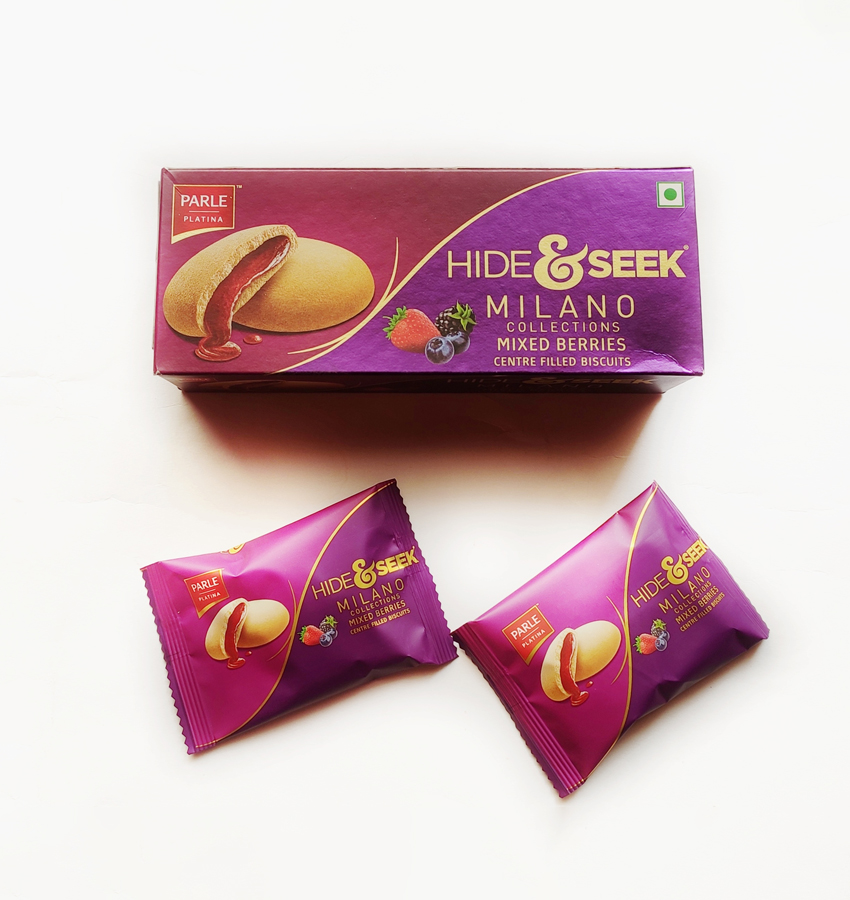
Introduction
Packaging graphic design can make a product stand out from the crowd. Convey its unique value proposition, and create an emotional connection with the target audience that influences purchase decisions. Let’s examine How to create dynamic and interactive packaging design to drive customer engagement.
Marketers and graphic designers use a number of techniques to grab customer attention, and once it is grabbed, to continue the engagement through consideration and onwards to purchase. The graphic design elements play a vital role in the first part of this journey i.e. the awareness creation, attention grabbing, or the “hook”.
Influences of High Art
Marketers and graphic designers continually update packaging artwork themes with new inspirational sources and design techniques that make customers stop and take a second look. Graphic designers, among other things, make “high” art more recognizable to the masses by using art’s influence to design new, original standout artwork.
Fig. 1: Art movements influence packaging graphic designers. (Clockwise from top left): artwork1,2,3,4 inspired by Pop Art, Art Deco, Expressionism, and Street Art
Strategic use of colors, shapes and fonts
Beyond the artistic influences, graphic artists also use certain techniques to make artwork more engaging. Colors, shapes, and fonts are the basic elements of any graphic design. They can evoke different moods, emotions, and associations in the customers’ minds. For example, red can signify passion, excitement, or urgency; circles can suggest harmony, completeness, or unity; and serif fonts can imply tradition, elegance, or authority.
Designers use these elements to create designs that match the brand identity, product category, and target market based on indications from in-depth market analysis.
Experiment with materials and textures
Materials and textures are fundamental considerations to create specific visual and tactile experiences with packaging. This can be done very subtly, or with “in-your-face” panache. For instance, chocolate is usually packaged in a very smooth material with rich, dark colors to evoke a sense of luxury and anticipation. On the other hand, the deliberate slight roughness of hemp packaging for a personal care product evokes a sense of “unprocessed therefore natural” emotion in the user. The right combo of materials and textures can appeal to customers’ senses of touch and sight, and create a memorable impression. Materials and textures also reflect brand values, product quality, pro-sustainability stance, etc.
Incorporate interactive features
One of the latest and interesting techniques to improve customer interaction with packages is by…well, incorporating interactive features in the packaging! This can be a whole range of things, from “connect-the-dot” games on the packages that reveal a message when completed, to tech-embedded features like QR codes, NFC tags, AR markers, animations, videos, and sounds. As with any engagement involving gamification. There is usually an enticing/intriguing invite, a polished journey, and a rewarding payoff that makes the entire effort worth it. Meanwhile, smart marketers can utilize the grabbed attention to do specific marketing and messaging activities such as providing information, or gathering it with the customers’ consent.
The Need to Test and Optimize
The fact of the matter is, graphic design, as with all marketing, is iterative in nature. It is useful to get near-continuous feedback from the target audience, analyze it, and make course corrections till the final result emerges. There are various methods to evaluate a design’s effectiveness, such as focus groups, surveys, eye-tracking studies, or A/B testing. Feedback from customers, retailers, and industry experts also provide qualitative guidance to improve the design.
Conclusion
Packaging graphic design is a vital part of product marketing. It can help attract customers’ attention, communicate the brand message, and influence purchase behavior. In addition to original artwork, brands use plenty of “recycling”, such as reusing elements, adapting the same artwork across the product line, localizing the language, etc. Thus a strong packaging prepress partner can be a key advantage creator for a brand looking to grow. Manipal Digital offers full-fledged turnkey and standalone services for Fashion, FMCG, F&B, Apparel, Accessories and many other B2C brands.
If you liked our article and want to know how we can help your brand standout with innovative graphic design. Contact us today for an in depth discussion!



